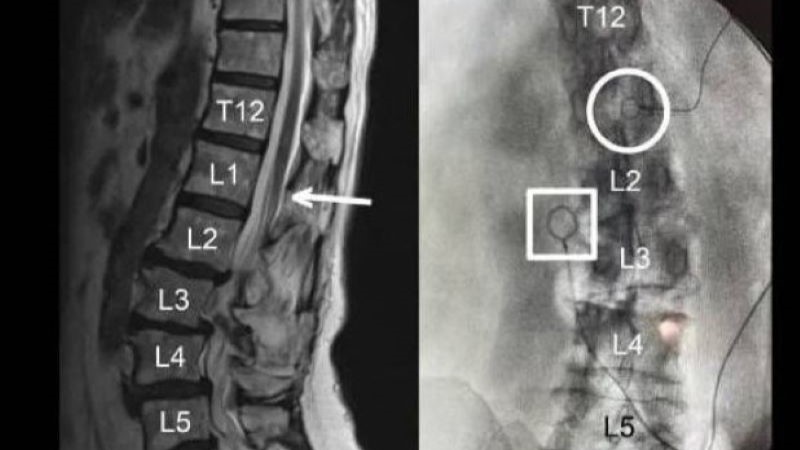
Although ineffective on its own, a daily regimen of vitamin D paired with calcium may reduce the risk of fracture, according to a new report.
Fracture prevention is important, the study authors explained, as fractures are common among the aging population. “Approximately 1 in 2 women and 1 in 5 men aged 50 years or older will experience an osteoporotic fracture in their remaining lifetime,” they wrote. “Hip fracture is the most serious type of osteoporotic fracture, with an approximate 30% risk of death in the year following hip fracture. The incidence of hip fracture increases exponentially with age, particularly among women 60 years or older and men 70 years or older, highlighting the high absolute risks of hip fracture in extreme old age.”
To that end, the authors performed a systematic review and meta-analysis of observational studies and randomized controlled trials (RCTs), which was published in JAMA Network Open. The authors queried databases including PubMed, Embase, Cochrane Library, and others from inception through Dec. 31, 2018. Inclusion criteria included observational studies including at least 200 fracture cases and RCTs with at least 500 participants and at least 10 incident fractures. RCTs were a comparison of vitamin D or vitamin D and calcium against control. The primary outcomes were any fracture and hip fracture.
The observational studies meta-analysis included 11 studies with 39,141 total participants, 6,278 fractures and 2,367 hip fractures. For every 10.0 ng/mL-increase in 25-hydroxyvitamin D (25[OH]D) concentration, the adjusted risk ratio (RR) for any fracture was 0.93 (95% confidence interval [CI], 0.89-0.96), while the adjusted RR for hip fracture was 0.80 (95% CI, 0.75-0.86). The meta-analysis of RCTs of vitamin D supplementation alone (daily or intermittent dose of 400-30,000 IU) included 11 trials encompassing 34,243 total participants, 2,843 fractures, and 740 hip fractures. In this analysis, no risk reduction was observed in any fracture (RR=1.06; 95% CI, 0.98-1.14) or hip fracture (RR=1.14; 95% CI, 0.98-1.32), but the authors noted that “these trials were constrained by infrequent intermittent dosing, low daily doses of vitamin D, or an inadequate number of participants.”
A different meta-analysis of RCTs included six trials encompassing 49,282 total participants, 5,449 fractures, and 730 hip fractures. These trials assessed combined vitamin D and calcium supplementation; in this analysis, the authors observed a 6% reduction in risk for any fracture (RR=0.94; 95% CI, 0.89-0.99) and 16% reduction in risk for hip fracture (RR=0.84; 95% CI, 0.72-0.97).
“Meta-analyses of ongoing RCTs assessing the effects of higher daily doses of vitamin D on fracture risk are needed before making recommendations on the use of vitamin D for prevention of fracture,” the study authors concluded. “Further RCTs are needed to assess the efficacy and safety of higher daily doses of vitamin D with calcium in high-risk individuals for prevention of fracture.”







 © 2025 Mashup Media, LLC, a Formedics Property. All Rights Reserved.
© 2025 Mashup Media, LLC, a Formedics Property. All Rights Reserved.